1. The High Environmental Cost of Meat Consumption

Historically, meat has been a dietary cornerstone in many cultures. It’s considered a primary source of protein and essential nutrients, especially in Western diets. But over time, we’ve learned that meat production is one of the most resource-intensive activities in food production. Raising livestock consumes an enormous amount of water, land, and energy, making it one of the leading contributors to environmental destruction. For instance, producing beef requires vast amounts of water and grain to feed the animals. In fact, one kilogram of beef takes around 15,000 liters of water to produce, which is far more than the water required to grow plant-based protein sources like lentils or beans. According to Sentient Media, this high water footprint is a major concern as freshwater resources become increasingly scarce.
In addition to water consumption, livestock farming emits significant amounts of greenhouse gases, particularly methane, which is over 20 times more potent than carbon dioxide as a greenhouse gas. Large-scale meat production leads to deforestation to create grazing lands, resulting in the loss of valuable biodiversity and carbon sinks. Moreover, factory farming practices often lead to soil degradation and water pollution. Transitioning toward plant-based diets or reducing meat intake not only has health benefits but can dramatically reduce greenhouse gas emissions, conserve water, and protect critical ecosystems. Supporting sustainable practices like regenerative agriculture that integrates animals can also mitigate some of these environmental impacts, though overall, plant-based food systems are more environmentally sound.
2. Why a Plant-Based Diet Is More Sustainable
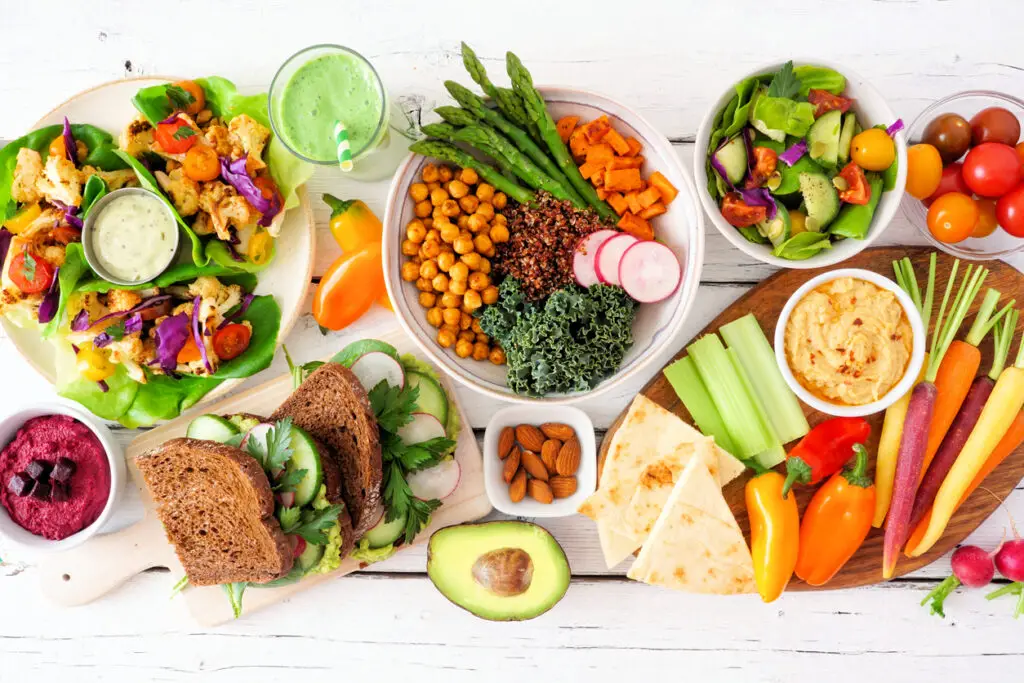
A plant-based diet is often heralded as a solution to many of the environmental problems caused by industrial agriculture. Unlike meat, which requires vast amounts of land and water for farming, plant-based foods are significantly less resource-intensive. For example, crops like lentils, beans, and quinoa provide high levels of protein without the need for the same environmental input as animal-based protein sources. Additionally, they can be grown in smaller spaces and use far less water. The environmental benefits of plant-based eating go beyond resource conservation; plant-based foods also contribute less to air pollution and soil erosion. According to TraceXTech research, transitioning to plant-based diets can reduce diet-related land use by 76% and greenhouse gas emissions by 49%.
The widespread adoption of a plant-based diet could lead to a dramatic reduction in global food-related emissions. Studies suggest that if just 10% of the world’s population reduced their meat consumption, carbon emissions from food could decrease by up to 70%. Furthermore, plant-based diets encourage more sustainable farming methods. For instance, rotating crops and using fewer synthetic chemicals can help restore soil health and prevent degradation. On an individual level, choosing plant-based meals can lower your personal carbon footprint, contributing to the health of the planet.
3. The Power of Eating Local and Seasonal
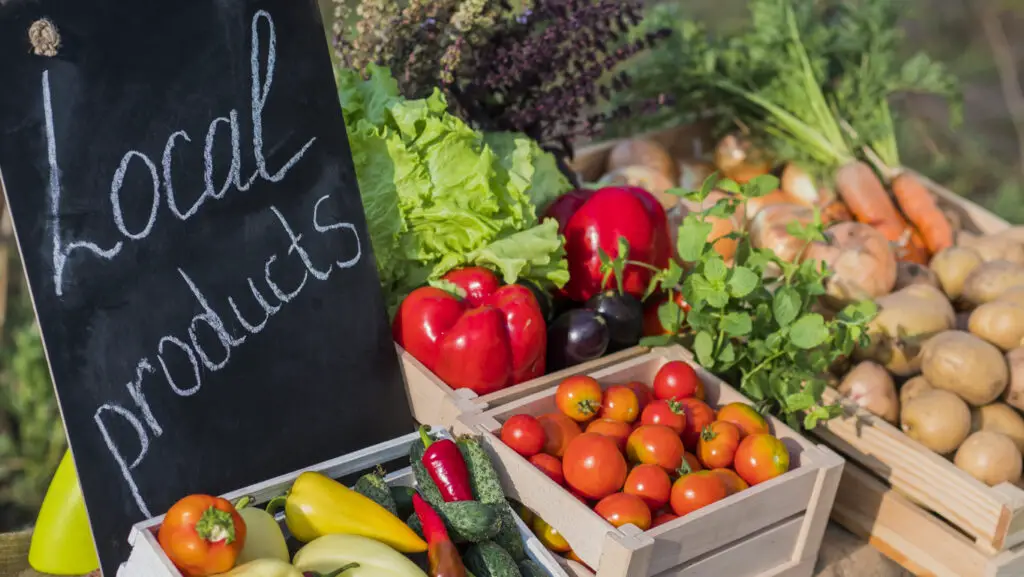
One of the most powerful ways to reduce your environmental impact is to eat local and seasonal foods. When food is grown locally, it doesn’t need to be transported long distances, which reduces the carbon footprint associated with transportation. Not only is eating local better for the planet, but it also supports local farmers, helping to strengthen regional economies. Seasonality is key here as well. Eating foods that are in season means they are harvested when they naturally grow, which reduces the need for energy-intensive growing methods like greenhouses or artificial light. According to Stop Food Waste, this not only keeps money within the community but also fosters a connection between consumers and producers.
Eating seasonally also encourages a greater variety of foods in your diet and helps protect biodiversity. When you eat what’s in season, you align with the natural rhythms of the earth, supporting agricultural systems that work with the environment rather than against it. For example, in the winter, root vegetables and hearty greens thrive, while summer brings fresh berries and tomatoes. Eating seasonal produce not only helps reduce carbon emissions from transport but also ensures you’re consuming fresher, more nutrient-dense food.
4. The Environmental Toll of Processed Foods

Processed foods are convenient, but they come at a cost to the environment. The production of processed foods typically requires large-scale industrial farming practices, which are resource-heavy. These foods often use palm oil, corn, soy, and other monoculture crops that are grown in ways that harm the environment. The reliance on monocropping reduces soil fertility, leads to pesticide overuse, and destroys habitats for wildlife. Furthermore, processed foods are typically packaged in plastic, contributing to the global plastic waste crisis. According to the Soil Association, this method depletes soil fertility and increases dependency on chemical fertilizers and pesticides, leading to soil degradation and biodiversity loss.
Beyond the packaging and the resources required for production, processed foods also often require extensive energy to manufacture and preserve, including refrigeration during transportation and in-store storage. This excessive energy use contributes to higher carbon emissions. If people shifted away from processed foods and moved toward fresh, whole foods, it would significantly reduce the strain on both the environment and our health. Supporting brands that prioritize sustainable sourcing and packaging is another way consumers can take action to reduce the environmental footprint of their food choices.
5. Regenerative Agriculture: A New Hope for Sustainable Farming
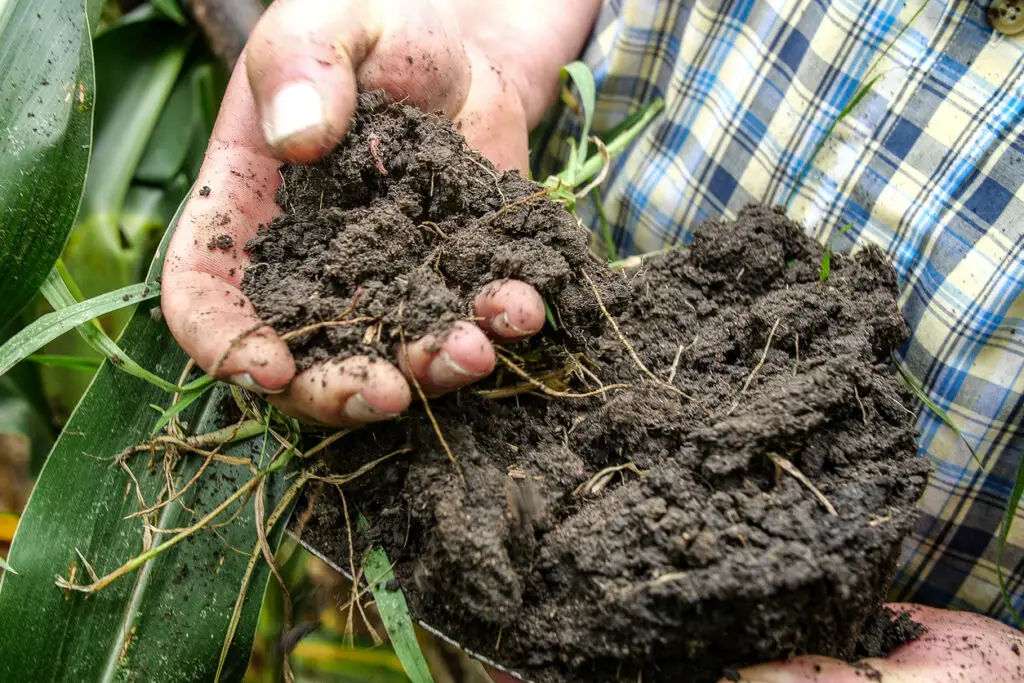
Regenerative agriculture is a farming philosophy that focuses on restoring and enhancing the land’s natural health. Unlike conventional agriculture, which often depletes soil and requires chemical inputs, regenerative practices aim to restore soil health, conserve water, and increase biodiversity. Key techniques of regenerative agriculture include crop rotation, agroforestry (integrating trees and crops), and holistic livestock management. According to Syngenta Group, these practices focus on replenishing the land’s vitality rather than extracting its resources.
Regenerative farming offers a promising solution to the environmental issues caused by industrial agriculture. By rebuilding soil organic matter, regenerative practices can sequester carbon from the atmosphere, mitigating climate change. The diversity of plants and animals involved in regenerative systems also contributes to a healthier ecosystem. On top of environmental benefits, regenerative agriculture promotes food security, healthier food, and greater resilience in farming communities. As consumers, buying products from farms that use regenerative practices helps to support a more sustainable food system.
6. Reducing Food Waste: A Crucial Step Towards Sustainability
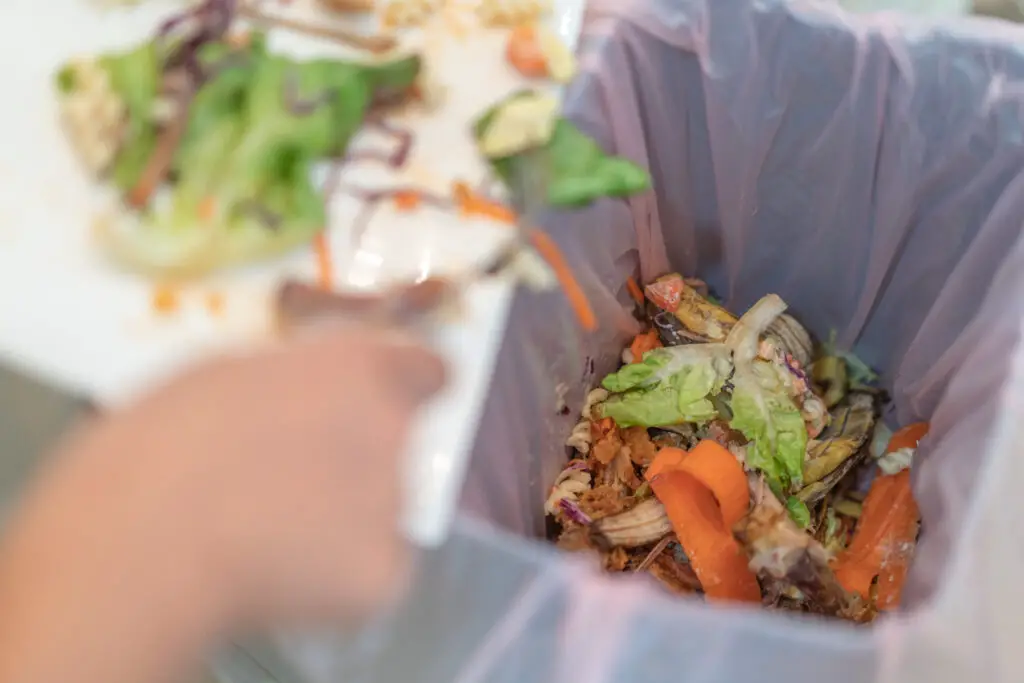
Food waste is a global issue and has a massive environmental impact. According to the UN Environment Programme (UNEP), approximately one-third of all food produced globally is wasted, amounting to about 1.05 billion tons in 2022. This waste occurs at various stages, with households responsible for 60% of the total food wasted. When food is thrown away, all the resources that went into producing it—such as water, energy, and labor—are wasted as well. This is especially concerning when you consider how many people around the world still experience food insecurity. Moreover, when food waste ends up in landfills, it generates methane, a potent greenhouse gas.
One of the most effective ways to reduce food waste is to become more mindful of purchasing habits. Planning meals ahead of time, buying only what you need, and storing food correctly can drastically cut down on waste. Composting food scraps instead of sending them to a landfill is another great way to reduce your environmental footprint. Additionally, repurposing leftovers into new meals can help prevent food from being discarded unnecessarily. By being more conscious of the food we purchase and consume, we can significantly reduce waste and contribute to a more sustainable food system.
7. Organic and Fair-Trade Choices: Eating for the Planet and People
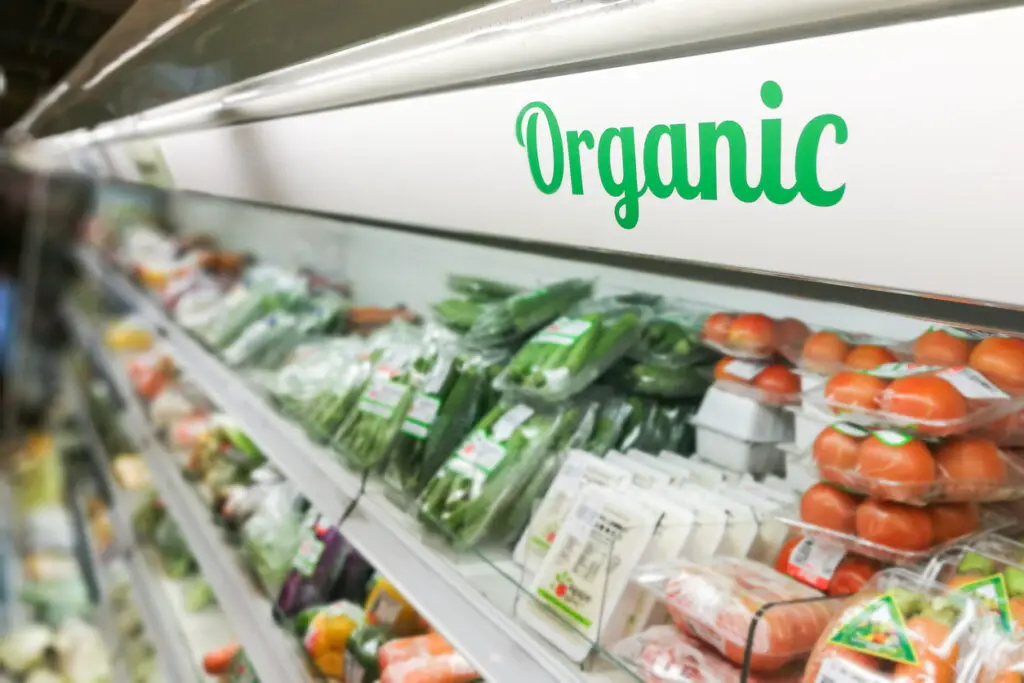
Organic and fair-trade practices go hand in hand in promoting both environmental sustainability and social equity. Organic farming avoids the use of synthetic pesticides, fertilizers, and genetically modified organisms (GMOs), opting instead for natural methods of soil and pest management. According to the Soil Association, this type of farming helps conserve biodiversity, reduces water contamination, and protects workers’ health. In addition to benefiting the environment, organic farming helps to promote better agricultural practices globally.
Fair-trade practices focus on ensuring that farmers in developing countries receive fair compensation for their products, working in safe conditions, and supporting community development. By choosing organic and fair-trade products, consumers help to reduce the environmental impact of their food while promoting better social and economic outcomes for farmers. Supporting these practices also helps encourage sustainable farming methods and guarantees that farmers receive adequate wages, creating a more equitable global food system.
8. Dairy’s Environmental Impact: Rethinking Our Consumption
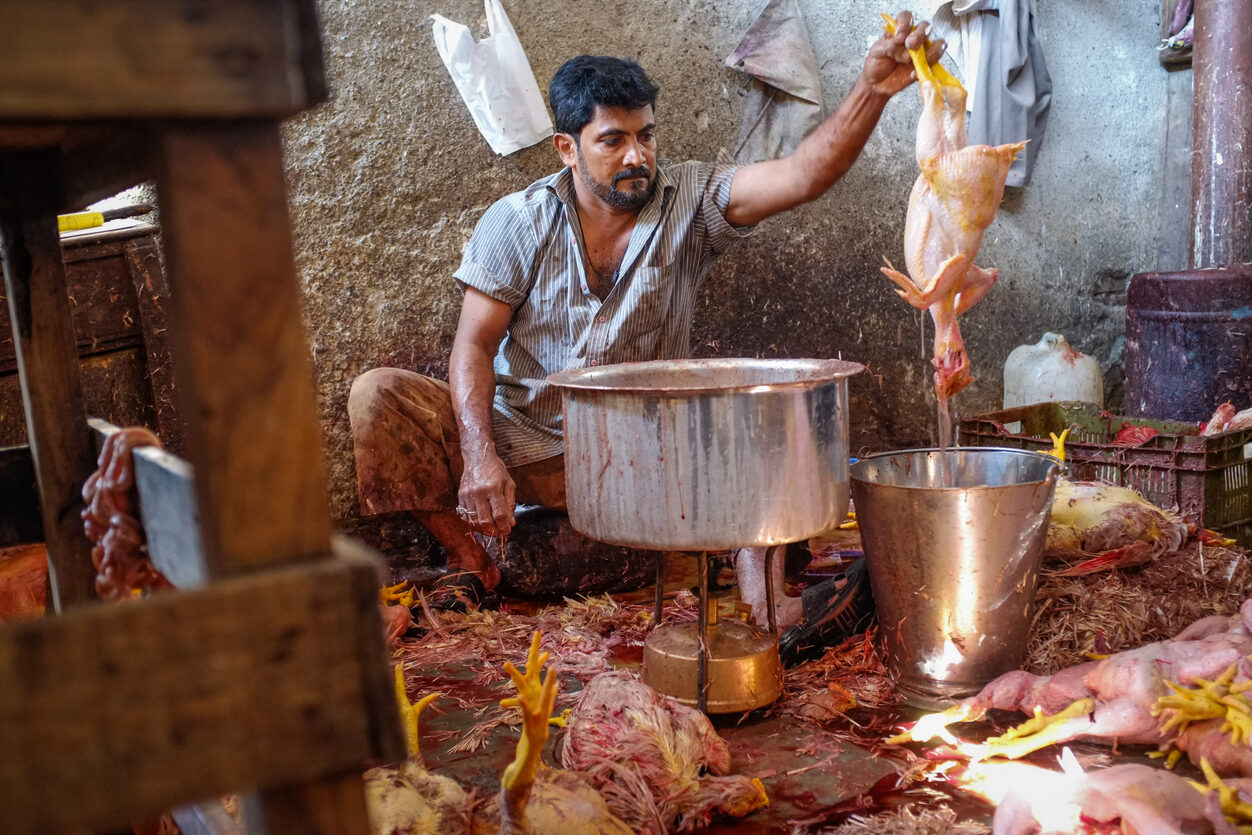
Dairy is often viewed as a necessary part of a balanced diet, particularly for calcium intake. However, dairy farming has significant environmental costs. Just like meat production, dairy farming uses vast amounts of water and land while also contributing to greenhouse gas emissions through methane produced by cows. The dairy industry is also responsible for large-scale deforestation to create grazing areas and grow feed crops.
Although completely eliminating dairy from your diet might not be feasible for everyone, reducing dairy consumption or switching to plant-based alternatives can drastically reduce your environmental footprint. Dairy-free milk options like almond, oat, and soy milk are becoming more accessible and sustainable. They require fewer resources to produce, and many of them are fortified with similar nutrients, such as calcium and vitamin D, making them viable alternatives. Reducing dairy consumption is one of the simplest ways to reduce environmental harm while maintaining a healthy diet.
9. Climate Change and Our Diet: The Direct Connection
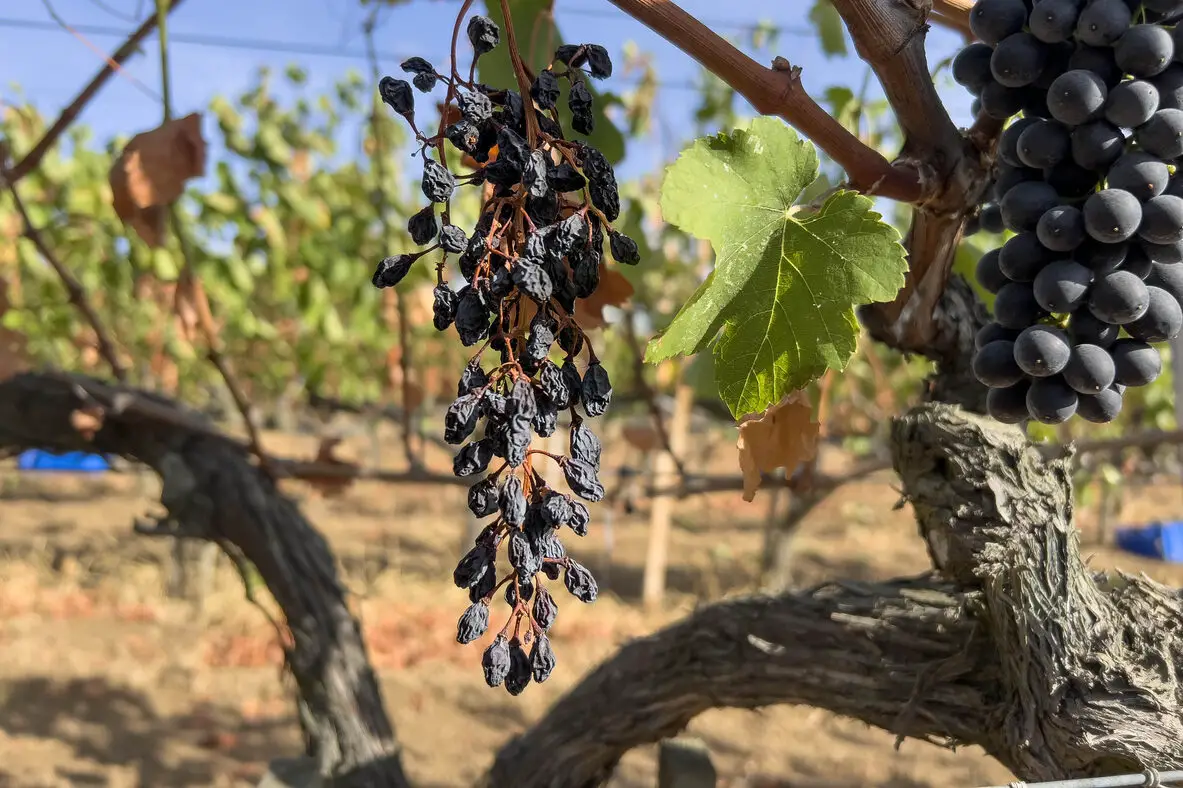
The food we eat is directly linked to the climate crisis. From the energy-intensive processes of food production to the large-scale emissions generated by livestock farming, our diets play a significant role in global warming. The agriculture sector is responsible for about 25% of global greenhouse gas emissions. Most of these emissions come from animal agriculture, particularly beef and dairy production. In addition, the deforestation needed to create farmland contributes to the loss of carbon-absorbing forests.
By shifting our diets toward more plant-based foods, we can help mitigate the impacts of climate change. Studies have shown that reducing meat consumption, particularly red meat, can lead to significant reductions in greenhouse gas emissions. On an individual level, choosing to eat less meat, reduce food waste, and eat locally sourced foods can all contribute to reducing your personal carbon footprint. If enough people made small changes in their eating habits, the cumulative effect could be a major step in slowing down climate change.
10. Biodiversity and Our Diet: Protecting Nature Through Food Choices
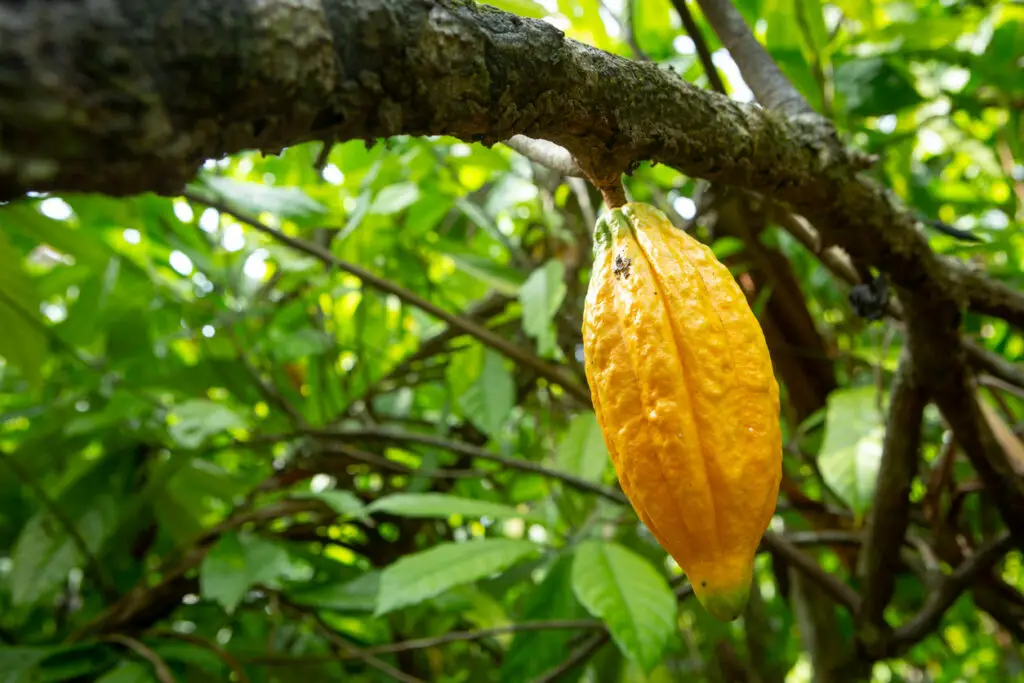
Biodiversity is the foundation of a healthy planet, and our food choices directly impact the ecosystems that sustain it. Monoculture farming, which involves growing a single crop on a large scale, reduces biodiversity by eliminating natural habitats and creating more vulnerable ecosystems. For example, the over-reliance on crops like corn and soy not only depletes soil quality but also contributes to the loss of plant and animal species.
To help protect biodiversity, we should aim to eat a varied diet that includes a wide range of fruits, vegetables, grains, and legumes. Supporting organic and regenerative farming practices also helps preserve biodiversity by maintaining healthy soils and promoting ecological balance. Eating food that is grown in harmony with the environment rather than in opposition to it is essential for protecting the health of the planet’s ecosystems.
11. Insects as a Sustainable Protein Source
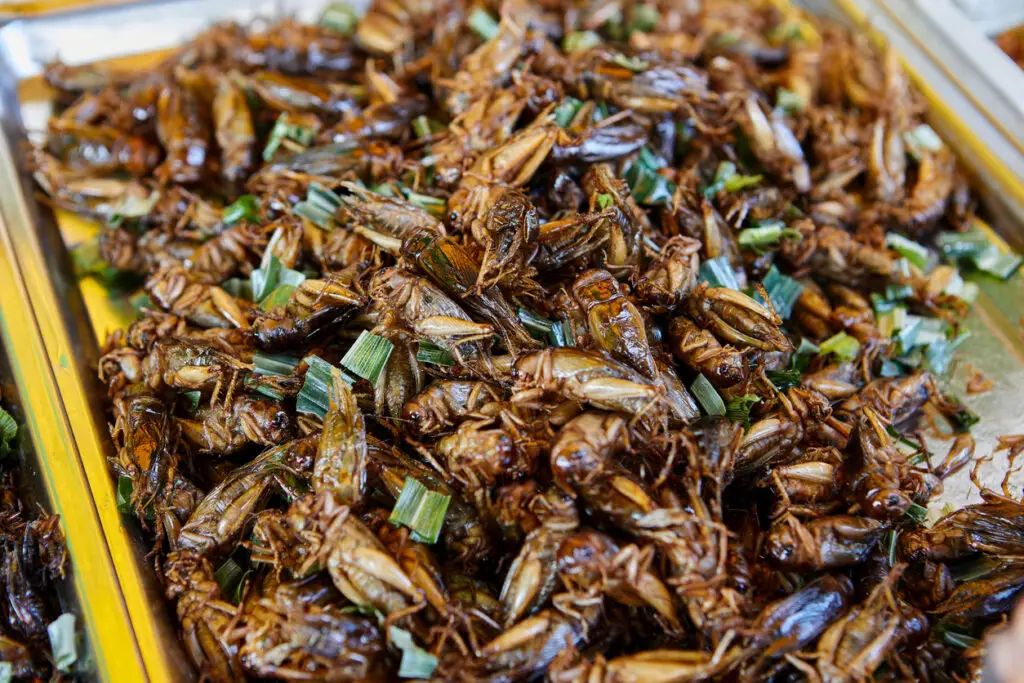
Insects are one of the most promising alternative protein sources for the future. While the idea of eating insects might seem foreign to many, they are an incredibly sustainable option for feeding the growing global population. Insects require far less land, water, and food compared to livestock, and they emit fewer greenhouse gases. Moreover, insects can be farmed efficiently in small spaces, using organic waste as feed, which helps reduce food waste.
Insects are also highly nutritious, providing protein, healthy fats, and essential vitamins and minerals. They are already eaten in many parts of the world, including Southeast Asia and Africa, and their popularity as a food source is growing. Insects could play an important role in reducing the environmental impact of food production, particularly in regions where food security is a concern. In the coming decades, insects may become a more mainstream food source, helping to address both environmental and nutritional challenges.
12. The Benefits of Eating Whole Foods for the Planet
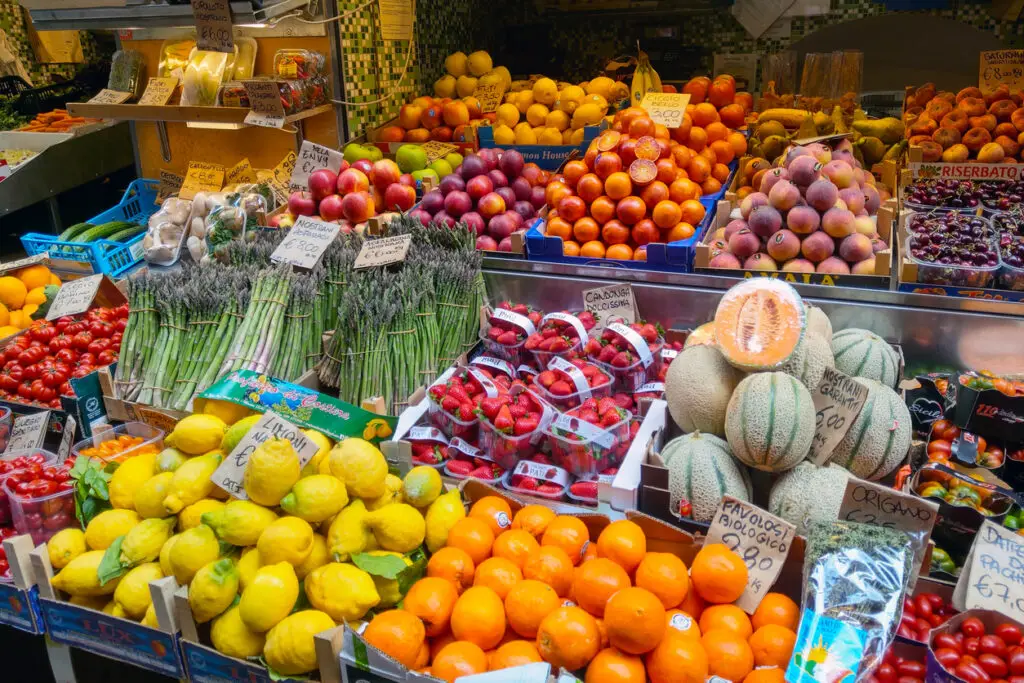
Whole foods—such as fruits, vegetables, grains, and legumes—are the cornerstone of a healthy, sustainable diet. Unlike processed foods, which are often loaded with artificial additives and require more resources to produce, whole foods are minimally processed and typically come with less packaging. They are also nutrient-dense, meaning they provide essential vitamins, minerals, and fiber without the need for excessive quantities.
Eating whole foods also supports more sustainable farming practices. Organic and regenerative farming methods focus on soil health and biodiversity, which in turn leads to healthier ecosystems. When we opt for whole, plant-based foods, we are helping to reduce the environmental burden of food production while ensuring we’re eating more nutrient-rich meals that benefit our overall health. Supporting local farmers who grow whole foods also strengthens the local economy and encourages sustainable agricultural practices.
13. Small Changes for Big Environmental Impact
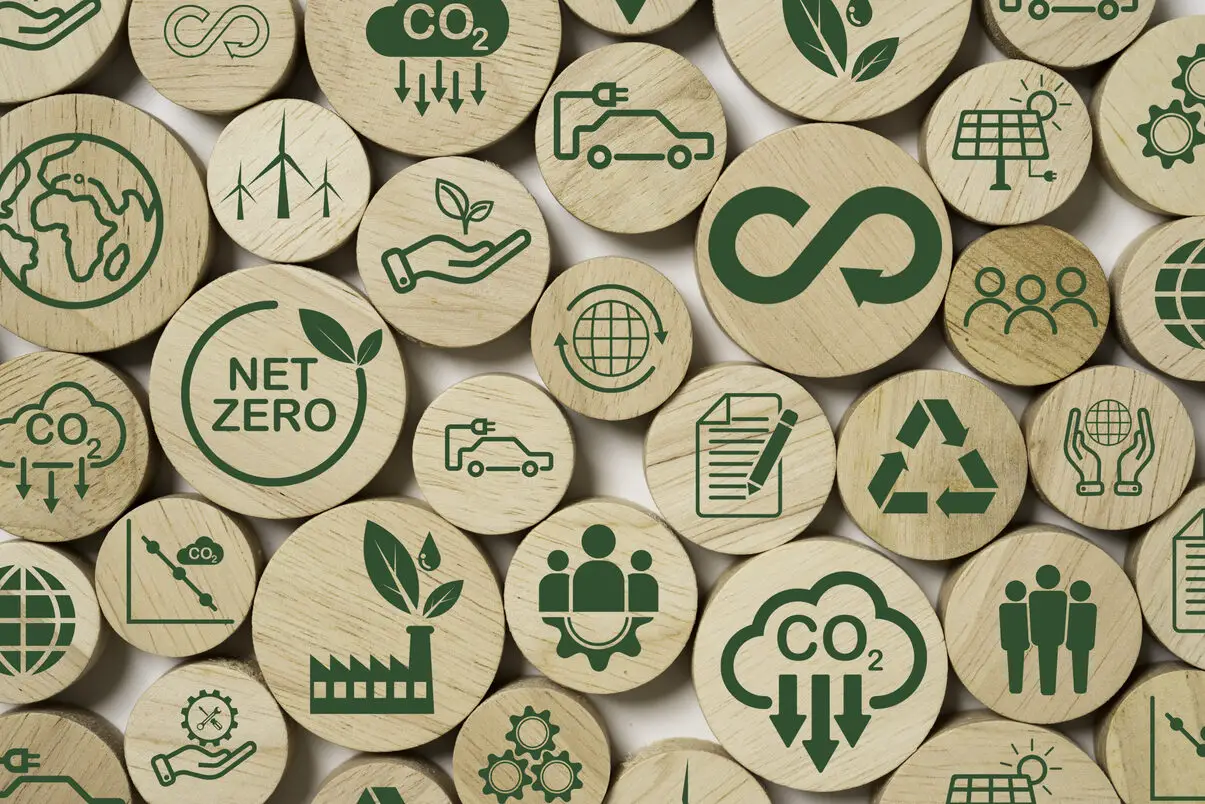
Changing our eating habits doesn’t have to be an all-or-nothing endeavor. Making small, incremental changes in our diets—such as cutting back on meat, reducing food waste, and choosing plant-based options—can have a profound impact on the environment. Even simple actions like eating fewer processed foods, buying local and seasonal produce, or minimizing plastic packaging can help reduce our ecological footprint.
The key is consistency. As more people adopt these changes, the demand for sustainable food systems will increase, driving positive change across industries. By starting with small, manageable steps and progressively making more sustainable choices, we can collectively make a big difference. These changes may feel small on an individual level, but when combined, they have the power to shift global food systems toward more sustainable, healthy, and equitable practices.


